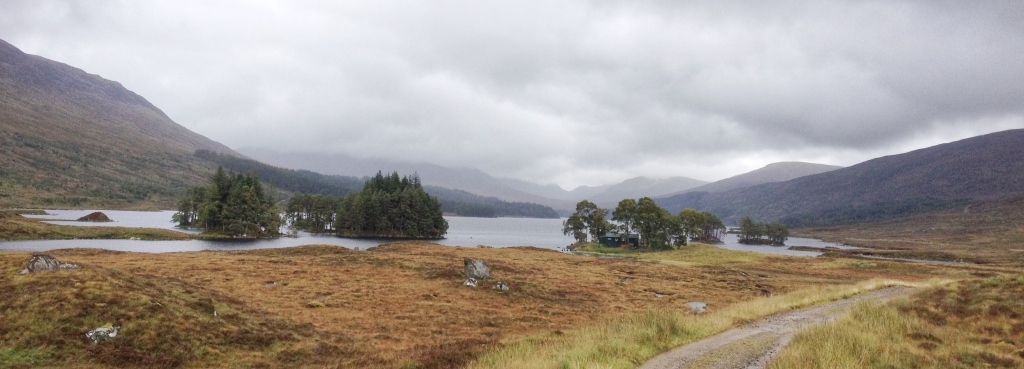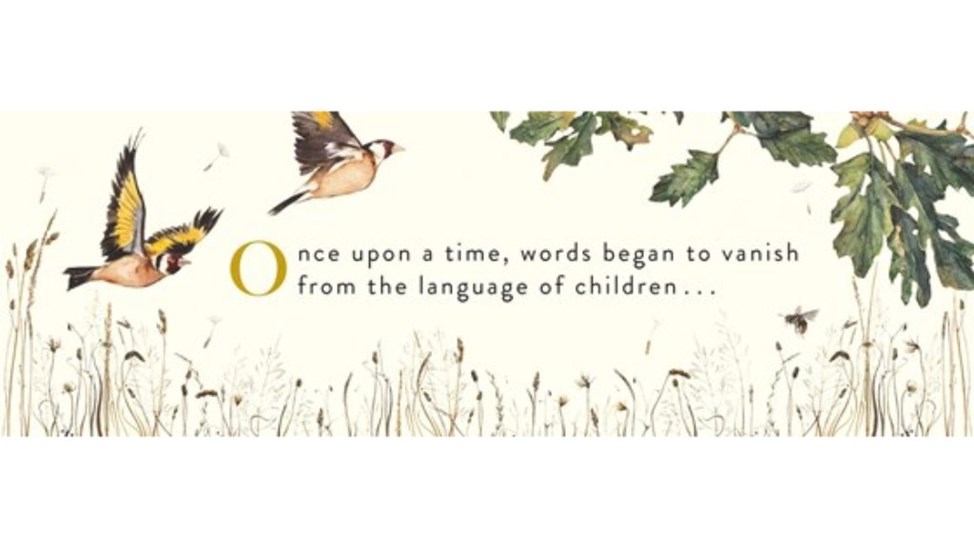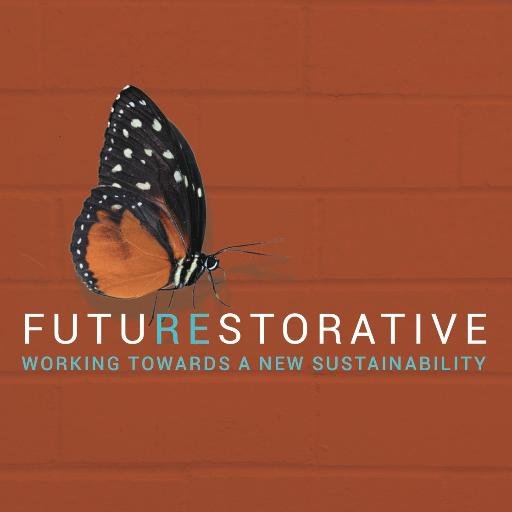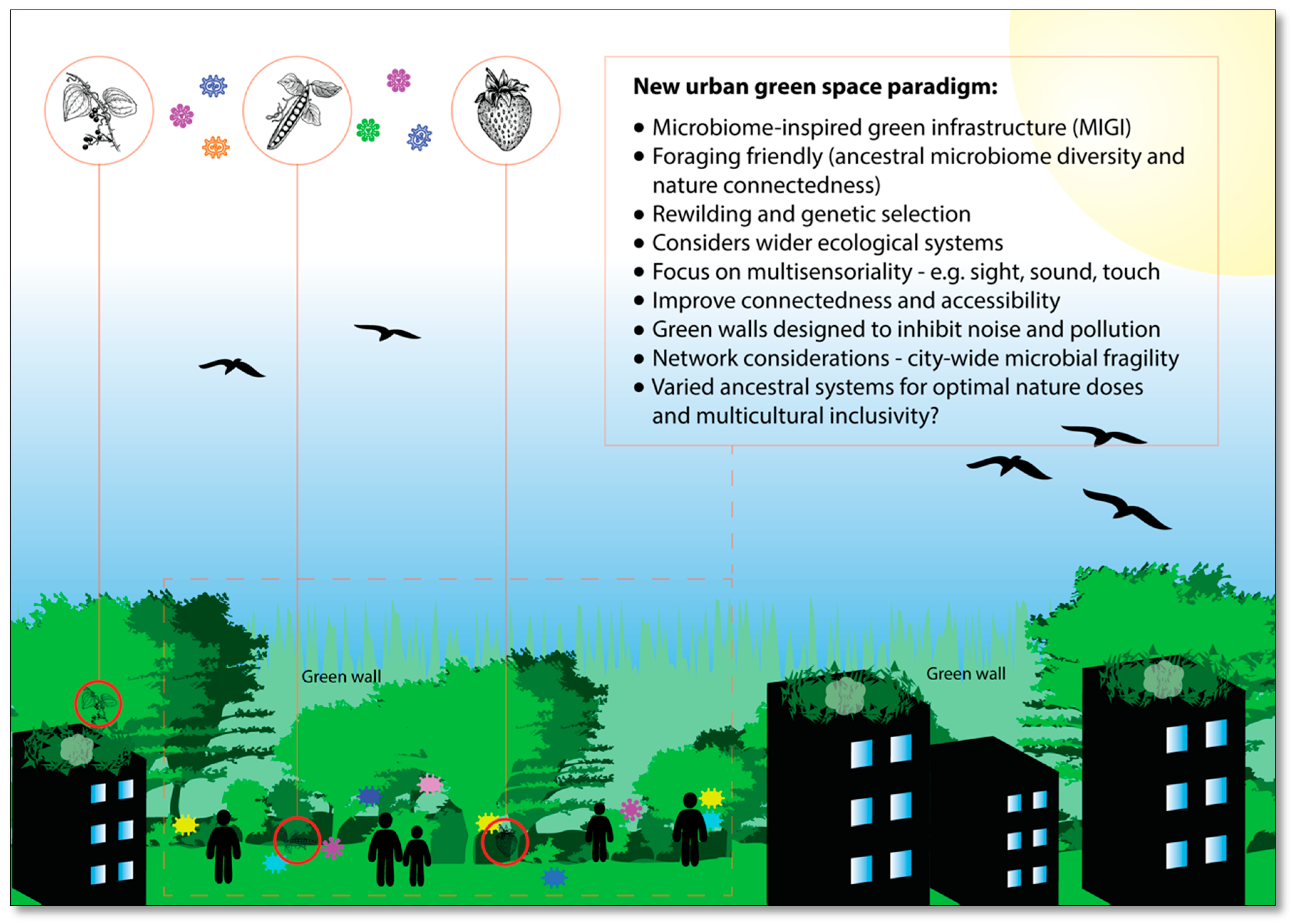
Notes and thoughts from attending the informative XR For Peats Sake hosted by XR Morecambe Bay via Zoom yesterday evening, leading the event, Si Thomas, Peatland Restoration Officer, Cumbria Wildlife Trust.
Key and important ‘peat’ messages from Si Thomas included
- Over 40% of our green house gas emissions come from degraded peat
- Restoring our peatland habitat would give 37% of the mitigation need to meet Paris Agreement by 2030
There were a number of Key Actions discussed, but the most important, in my opinion, was that of Education in respect of peat free compost, but perhaps more importantly awareness on peatlands negative and positive contribution to the carbon emergency we face.
When we think of carbon reduction (and we have to make some 10% reduction per annum to meet Paris Agreement) we think of using less fossil fuel, taking less plane based holidays, driving less, using less heating and offsetting through tree planting. We rarely think about improving the carbon capture of peatlands. This has to change.
Peatland plants and insects are as beautiful and important as the trees and biodiversity we find in forests and rewilded areas. And can be as vital to our own health and wellbeing, with the increasing biophilic recognition of the importance of fractals and natures patterns, even in miniature. (Ref Terrapin Bright Green forthcoming Biophilic Design & Complexity: A Toolkit for Working with Fractals)
During the writing FutuREstorative, I spent time walking and bothying in the Rannoch / Corrour Moor area in central Scotland, giving me time to appreciate both the beautiful and awesome landscapes of a healthy peat land area and the wonderful intricate detail of its biodiversity.
FutuREstorative extracts:
We will see protecting areas of wilderness and Habitat Exchange become part of the overall restorative sustainable development package, and a key element in our corporate social responsibilities. We now recognise and accept the significant and negative impact the built environment has placed on the natural environment over many decades; not only should we be addressing immediate impacts on a project by project basis, but we should also take positive action to protect other habitats in recognition of past damage and helping to heal the future. If we are serious about restorative sustainability, then habitat exchange – either physically, or through effective advocacy and/or offset programmes – should be seen as part of the cost of construction
As a recent Cambridge University shows, rewilding and restoration of land would create carbon sinks to sequester carbon – through, for example, an increase in forestry to 30% (closer to that of France and Germany) and restoration of 700,000 hectares of peatland – and in doing so make a significant contribution to the UK’s target of an 80% reduction in CO2 emissions by 2050.

Unfortunately UK peatlands are in a bad state of health, but they can be restored relatively cheaply and easily. Once the dominant vegetation, sphagnum moss, is returned, peatlands quickly begin absorbing carbon once again. A healthy bog also functions as an excellent water filter – an important aspect of sustainable water programmes, since 75% of our water catchment is in peatland areas. Lancashire Wildlife Trust’s natural carbon capture scheme provides opportunity for offsetting built environment carbon while making a positive contribution to Peatlands habitat restoration.
And for the beauty of peatlands and amazing characteristics of Spagnum Moss listen to A Pocket of Wind Resistance by Karine Polwart & Pippa Murphy
Links and videos shared during the For Peats Sake …
For Peats sake XR Film
Repairing Peat Hags
Visualisation of carbon sequestration in temperate peatlands
Let Nature Help (Wildlife Trusts) Nature Based Solutions: https://www.wildlifetrusts.org/sites/default/files/2020-06/Let%20Nature%20Help.pdf
Flow Country: https://www.theflowcountry.org.uk
The Carbon Farmer: https://www.thetopofthetree.uk/the-carbon-farmer














